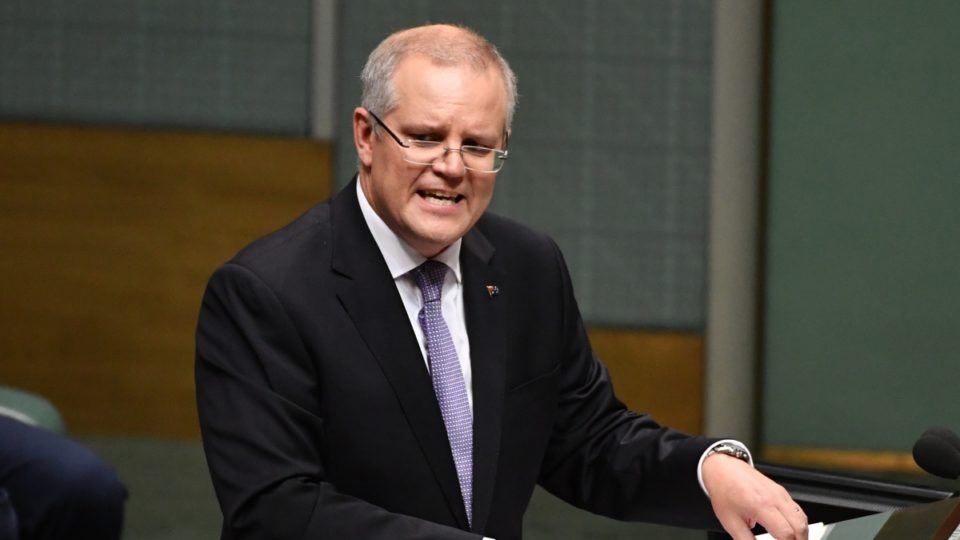If there’s one thing financial experts love to do, it’s speculate. And there’s been a whole lot of speculation going on around the Reserve Bank’s monthly decision on interest rate levels.
With the next meeting coming up today, all kinds of people have been weighing in on the discussion over if and when we’ll see another cut. Most economists expect it to happen in August, even though the global market has taken a blow from Britain’s shock decision to leave the EU, but there’s one voice shouting something different in the crowd.
Stephen Koukoulas, managing director of Market Economics, is predicting a rate cut for today, on the basis that there is no real reason to delay the decision.
“If I were the Reserve Bank I’d do it now while there’s the cover of election, get it out of way and then let things run their course for a while,” Koukoulas says. “Why wait until August? You’d have more data but the risk of them blowing their inflation target on high side is almost zero. There’s nothing to lose by cutting and there might be something to gain.”
In a survey carried out by financial comparison site Finder, 30 out of the 31 financial experts questioned said they expected rates to stay the same this month. Nobody is predicting a rise.
It’s widely agreed that there will be another cut this year, most likely in August, taking interest rates to a new record low of 1.5%. Some important figures on inflation will be available on July 27 and many believe the RBA will wait to see the results of those before making the next rate reduction.
The last cut, which took rates to an all-time low of 1.75% in May, happened as a response to the March cost price index (CPI) which revealed that inflation had gone backwards by 0.2%.
Koukoulas highlights some other things – aside from the “stunningly low” inflation figures – that are putting pressure on the RBA to cut interest rates. Low wage growth and stagnant commodity prices are just a couple.
“The domestic news has been mediocre and globally it’s skewed to the downside, with events like Brexit,” Koukoulas says. “At least, whatever the result of our election, it’s not going to push the Aussie dollar or Aussie stockmarket down 10 per cent. Sometimes boring is what you need.”
One of the voices on the majority side is CommSec economist Savanth Sebastian. He expects the RBA to take a “wait and see” approach in July and then apply the cut in August. With the housing market being persistently strong, he says, there is no need for a rate cut to give it an immediate boost.
Last week, property consultant CoreLogic RP Data released new figures which show the property market is still thriving, especially in Sydney and Melbourne. Combined figures for the two capitals show a 3.8% increase in house prices for April-June compared to the previous quarter, and year-on-year prices are up 8.3%.
The CoreLogic figures are just an indicator, though, as the official data won’t be available for another few months. The Australian Bureau of Statistics only just released the January-March stats on June 21. These revealed that prices across the eight capital cities fell 0.2% in the first quarter of 2016.
Sebastian predicts the Reserve Bank will “keep its ammunition dry”, delaying a rate cut for now so it can react to the July inflation figures appropriately.
“If you went back to last week you could argue that the board meeting next week could be live decision given the volatility [in the immediate aftermath of Brexit] but we have seen markets recover and investors realising the European situation will be a long and drawn-out saga not an immediate impact,” Sebastian says.
“We do have a rate cut priced in for August, after the CPI figures in July … if inflation is well below its 2-3 per cent target band or you continue to see a deflationary environment I think the Reserve Bank would be comfortable saying they can cut rates to provide some stimulus.”
Sebastian also warns that cutting rates is only effective up to a certain point. When they get too low, further cuts have little impact. He highlights Japan as an example of this, where interest rates were at zero or below zero for several years.
“Even Reserve Bank admits rate cuts losing some of sting, it’s the equivalent of pushing on a string now,” Sebastian says. “It supports the housing market but we’re not seeing consumers borrowing for other purchases or non-mining business borrowing for investment.”
So, now you’ve heard the cases from both sides, there’s nothing to do but sit back and wait and see what happens today.











